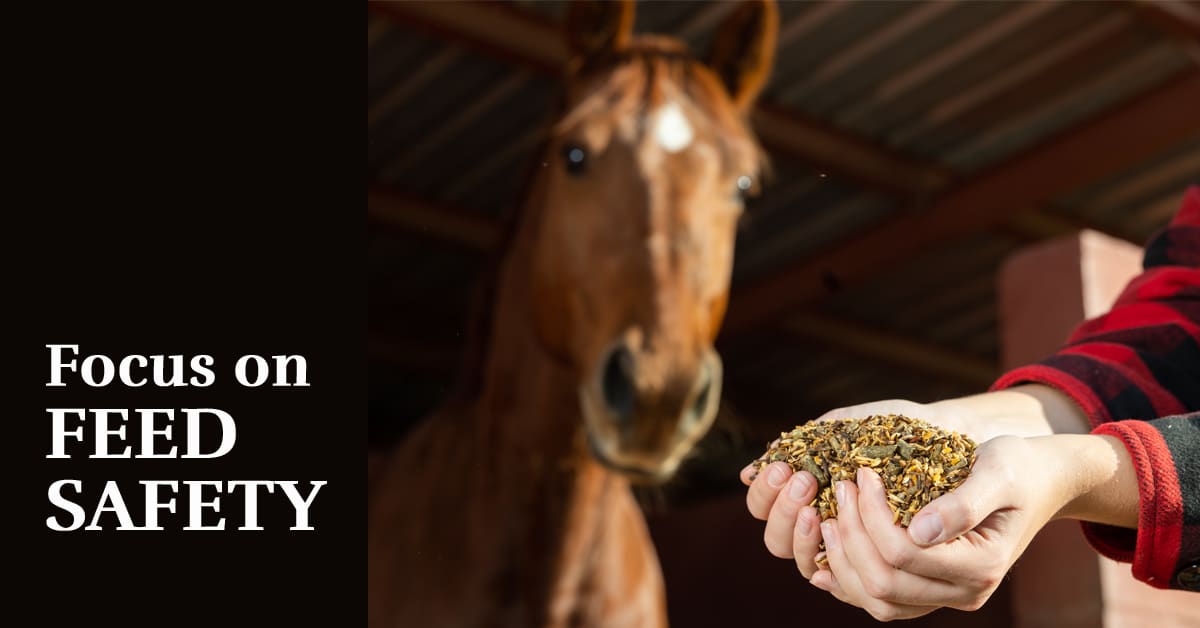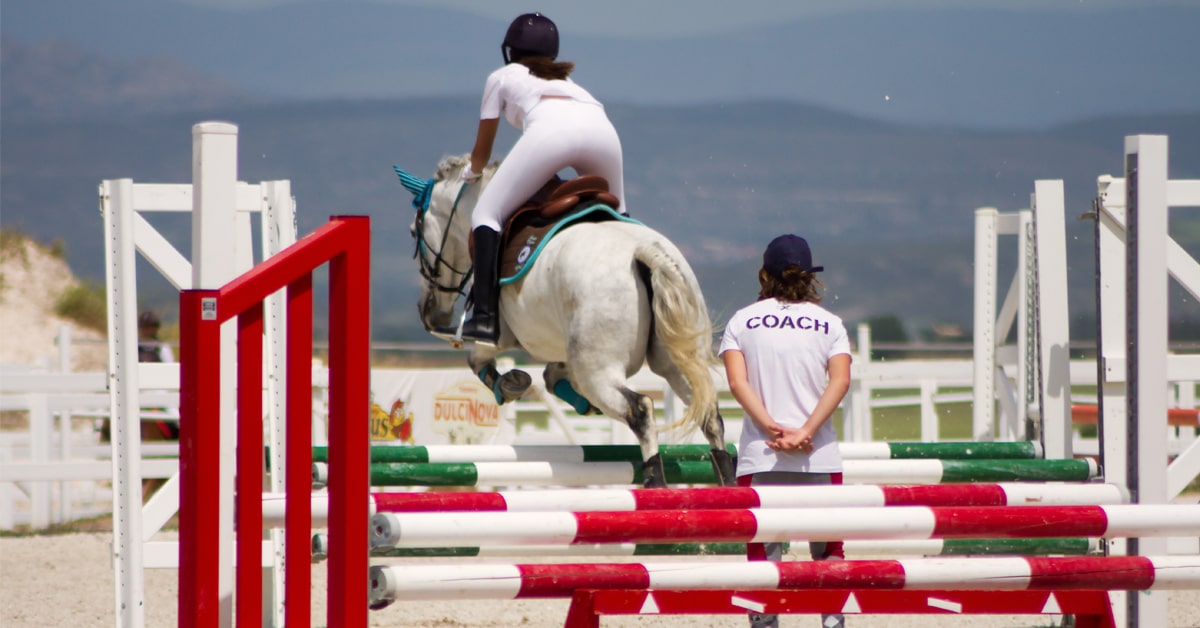The week of May 15th, Alberta was reported to have the worst air quality in the world, due to nearly 100 wildfires burning throughout the province. This information was according to data tracked by the World Air Quality Index, a non-profit project that collects information from air monitoring stations around the globe.
As a result of this poor air quality rating, the Century Mile Racetrack in Edmonton, Alberta canceled all of their live Thoroughbred racing from May 19 to 22, citing, “Due to heavy smoke and poor air quality conditions, the decision has been made to cancel live racing. The health and safety of our horses and horsepeople are our top priority.” The Edmonton zone senior high track and field championships postponed their event over the weekend, opening day at the historically themed Fort Edmonton Park was also called off due to poor air quality, and even the Saskatchewan Roughriders scrimmage in Saskatoon, Saskatchewan was cut short due to smoke.
Yet horse shows held in the Edmonton and central Alberta region this past weekend chose to continue, which potentially causes a disconnect regarding equine health and welfare industry standards.
Why does it matter?
Going back a few years, as a result of the 2018 wildfires in the Calgary, Alberta area, veterinarians at the University of Calgary set out to research the effects of the smoke on horses. Horses have a large lung capacity, moving more than 2,000 litres of air through their lungs every minute during strenuous exercise. Along with this air, horses also inhale a large number of pollutants, which are drastically increased during wildfires.
During exercise, horses increase the amount of air they inhale, which increases the buildup of particles in the lungs. When smoke is inhaled, a combination of toxic gases and particles enter the nose, throat, and lungs. Smoke inhalation can irritate and damage the respiratory tract as a result of small particles bypassing the body’s natural filters and reaching the lower airways.
Similar research at the University of Oregon concluded, “Deep breathing during exercise can draw the foreign particulates deeper into the lungs. The more particulate that is drawn deep into the lung, the longer recovery may take.” Health problems can include bronchitis, reduced lung function, and aggravation of conditions such as heaves (recurrent airway obstruction). It can also alter the immune system and reduce the lung’s ability to get rid of foreign substances, e.g. bacteria and pollen, which are common substances inhaled by horses.
The conclusion of the study completed by Drs. Stephanie Laura Bond, Laura Osborne, and Renaud Leguillette at the University of Calgary stated, “Based on guidelines from multiple regulatory bodies and associations, we recommend limiting outdoor exercise in animals when smoke is visible. Moderate to intense exercise should be reduced when there is a high or very high-risk rating (AQI exceeding 100; AQHI greater than 7). We recommend canceling events (such as a Thoroughbred race) when there is a very high-risk rating (AQI greater than 150 or an AQHI of 10+).”
And what are Equestrian Canada’s guidelines? The information posted on EC’s website under the Equine Health and Welfare section regarding extreme environmental conditions recommends: if the Air Quality Health Index (AQHI) is 7-10, reduce exertional effort or reschedule strenuous activities when the AQHI is lower; if the AQHI is >10, consider canceling all activities that require any strenuous exertion. Equestrian Canada goes on to further recommend, “If competitions proceed when the AQHI is in the range of 4-10, additional announcements and warnings are to be made and posted.”
Last weekend, according to the Government of Canada, the air quality in the Red Deer area was a 9 and 10+ in the Edmonton area.
Common Signs of Respiratory Distress in Horses
- Respiratory rate remaining over 30 breaths per minute at rest (normal rate is 12-20 per minute).
- Shortness of breath with possible wheezing sounds.
- Nostrils obviously flaring and anxious expression.
- Very labored breathing with exaggerated movement of the chest wall and flanks.
- Repetitive, deep cough.
- Nasal discharge.
Equine welfare issues have been at the forefront of our industry over the last several years due to social media, the concerns of the general public and our social license to operate. As persons responsible, we are the advocates for our horses and must strive to do better if we want our sport to survive.
It appears wildfires in Alberta and British Columbia have become a common occurrence in the late spring when there is a lack of moisture. It might be time for Equestrian Canada and horse shows held in the western provinces to have conversations going forward in order to develop a plan of action to ensure both our human and equine athletes are safe.
The Latest









